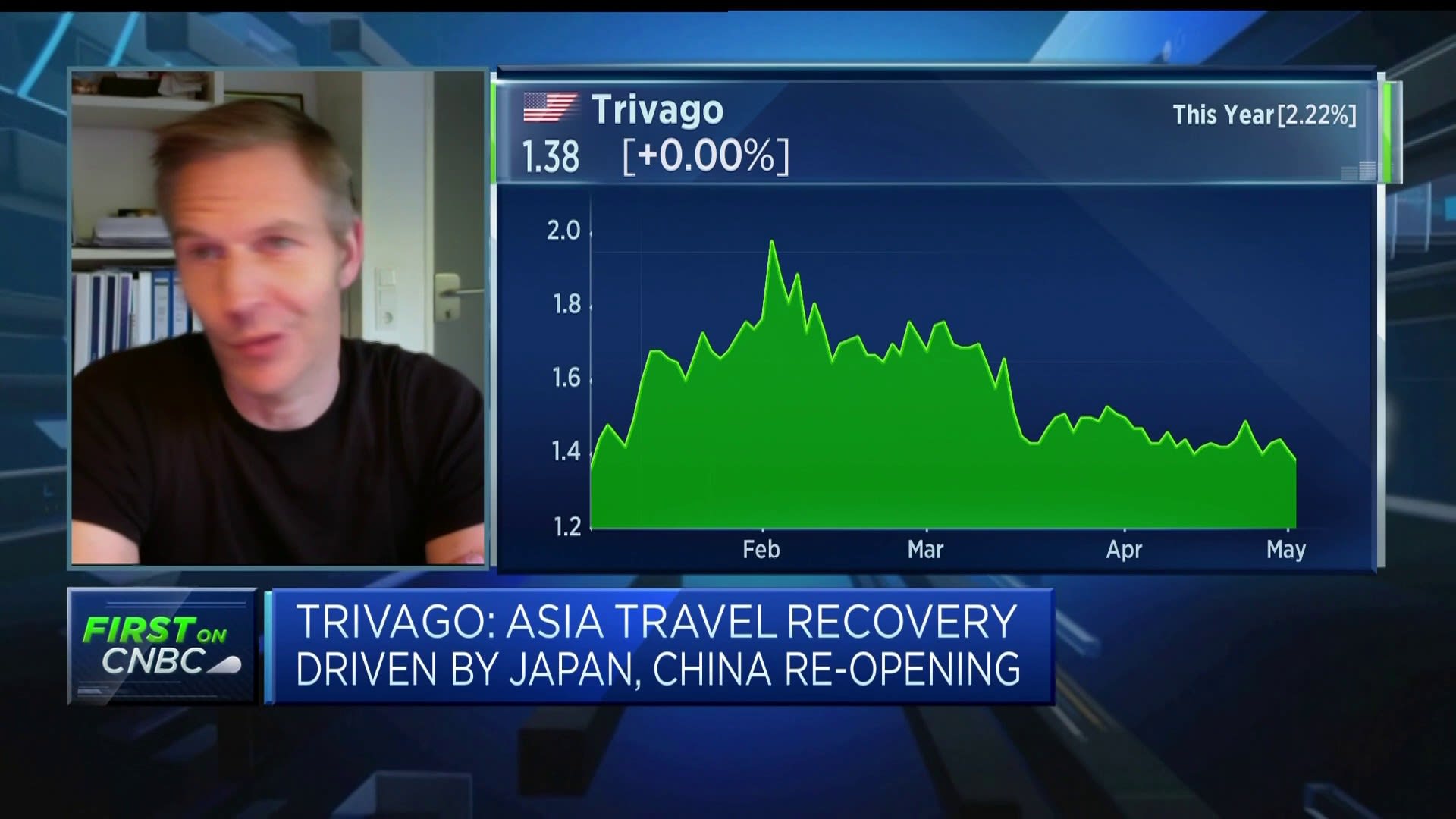Amsterdam, The Netherlands.
Alexander Spatari | Moment | Getty Images
The following is an excerpt from “This week, your wallet,” a weekly audio show on Twitter produced by CNBC’s Personal Finance team. Listen to the latest episode here.
Costs have been off the charts this year for many aspects of travel.
Why? Americans are jet-setting again — especially to overseas destinations in Europe and Asia — after a few years of pandemic-era trip delays.
“In my 19 years in the industry, this is by far the busiest year I’ve had on record,” said Jessica Griscavage, a travel advisor and founder of Runway Travel.
Here are some insights and ways to save on your trip, shared during a recent conversation with Griscavage, CNBC airline reporter Leslie Josephs and CNBC associate personal finance editor Ken Kiesnoski about summer travel.
1. Be flexible
Staying flexible on when — and even where — you travel can yield big savings.
Traveling midweek as opposed to the weekend is typically a money-saver. Instead of a major city, maybe consider somewhere more off the beaten track.
Not everyone has this luxury, of course. Parents may be beholden to school schedules; others might be locked into rigid schedules, too.
More from Personal Finance:
How I doubled my money with a ‘black market’ exchange rate in Argentina
U.S. passport delays may be four months long — and could get worse
Why travel to Europe is no longer a ‘screaming, bargain-basement’ deal
Travelers with some leeway can use tools such as Google Flights and Explore to discover good travel deals during the year, based on factors such as departure city and destination.
It’s a plug-and-play technique that’s “a little art and a little science,” Kiesnoski said.
Airfare is generally the first thing people buy, and accommodations such as hotel rooms often follow from there. Travelers can consult other online portals including Booking.com, Hotels.com, Airbnb, Expedia and Orbitz.
2. Travel in the off season
This is an offshoot of the “flexibility” category.
For many popular destinations — especially those in the Northern Hemisphere — demand peaks in June, July and August. To that point, airline officials have indicated in company earnings reports that they expect a “monster summer,” Josephs said.
But visiting a locale in the fall or winter may yield savings — and perhaps a better experience as crowds dwindle and it gets easier to book must-see attractions.
“I think you’re going to enjoy it a little bit more,” Griscavage said of off-season travel to popular cities.

3. Use your rewards
Many people built up frequent flier miles during the pandemic by using their credit cards that carry travel rewards benefits, Josephs said.
Now is a good time to use — and not hoard — those benefits, especially since it’s expensive to buy a flight in cash.
4. Use credit card benefits
Credit cards — especially those geared toward travel — may carry perks such as travel or rental car insurance. You may qualify for those benefits if you buy part or all of a trip with that card.
What that means: You might not have to buy any supplemental insurance policies, for example.
“Always check with your credit cards and see how good the insurance is,” Griscavage said.
It’s important to ask certain questions, such as whether a card’s benefits cover preexisting medical conditions during a trip, for example.
This article was originally published on CNBC

